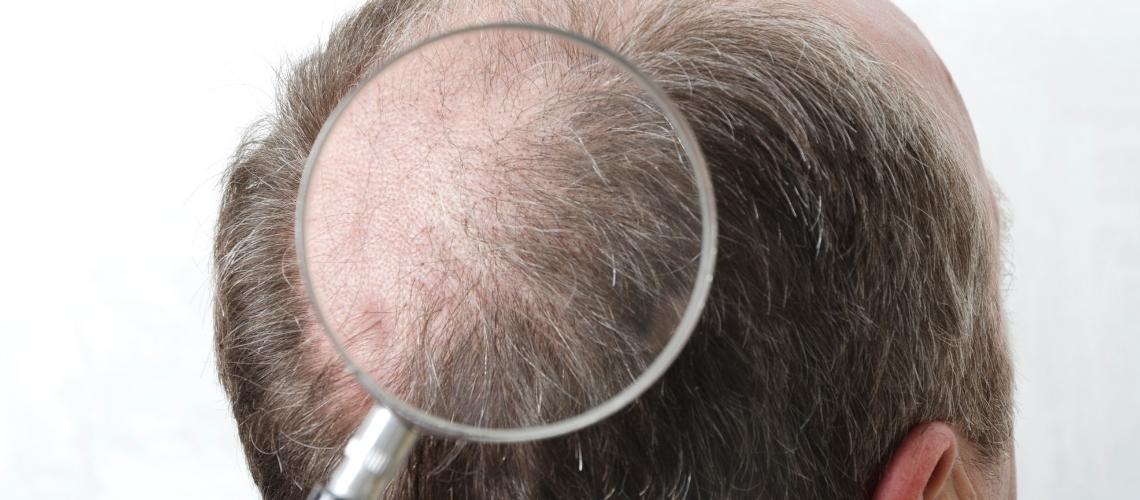
- Hair Transplant
-
by Mehmet Hanifi Kurtlar
A crown hair transplant, an innovative procedure in hair restoration, targets the scalp’s apex, which is often troubled by baldness. This technique involves harvesting hair from the donor areas, typically the sides or back of the scalp. Then, these grafts are transplanted to the crown. The process ensures a natural-looking result, seamlessly blending with existing hair. Ideal for individuals experiencing thinning or balding at the scalp’s highest point, it offers a solution to regain a fuller head of hair. With precision and care, the transplant aims to restore hair and confidence.
Exploring the Various Treatment Modalities in Crown Hair Transplantation
Follicular Unit Extraction (FUE) is among the most prominent techniques, renowned for its minimal invasiveness and swift recovery. This method eliminates the need for stitches, significantly reducing the visible scarring often associated with transplant procedures.
- FUE Hair Transplant: A leading choice, FUE involves extracting individual hair follicles, ensuring a natural appearance and a scar-free recovery.
Further advancements in FUE have led to the development of specialized variants. One such variant is Direct Hair Implantation (DHI), utilizing innovative Choi pens. This tool simultaneously creates recipient incisions and implants hair grafts, streamlining the process.
- DHI Hair Transplant: Employs Choi pens for precise and simultaneous incision and implantation, enhancing efficiency.
Another remarkable variant is the Sapphire hair transplant. This technique leverages finely crafted sapphire blades, allowing for more precise and less invasive incisions.
- Sapphire Hair Transplant: Utilizes sapphire blades for finer, more precise incisions, promoting faster healing.
The choice of technique depends on several factors. These include the extent of balding, desired hair density, and personal preferences. Each method offers unique benefits tailored to meet different needs and expectations in crown hair restoration. The goal remains consistent across all modalities: achieving a fuller, natural-looking hairline and enhancing appearance and self-confidence.
Rationale for Opting for Crown Hair Transplantation
Opting for a crown hair transplant presents a viable solution for individuals grappling with hair loss at the scalp’s highest point. This procedure stands out due to its targeted approach and lasting results, addressing specific concerns about crown balding.
- Restoration of Confidence: The crown area is often more visible, and thinning hair can significantly impact self-esteem. A successful transplant in this region can restore a fuller appearance, boosting confidence.
- Permanent Solution: Unlike temporary treatments, the results of a crown hair transplant are enduring. The transplanted hair is resistant to DHT, the hormone responsible for pattern hair loss, ensuring long-term benefits.
- Natural-Looking Results: Advances in transplant techniques ensure the new hairline blends seamlessly with existing hair. This natural look is crucial for patient satisfaction.
- Psychological Well-being: Addressing crown baldness can alleviate embarrassment and anxiety associated with hair loss, improving overall mental health.
In summary, a crown hair transplant offers cosmetic enhancement and improves psychological well-being. Its permanence and natural appearance make it an appealing choice for those affected by crown balding.
Efficacy of Crown Hair Transplantation
The efficacy of crown hair transplantation has garnered significant attention due to its high success rate, exceeding 95%. This procedure primarily addresses balding at the crown, a common concern among those experiencing hair loss. The success hinges on the donor area’s quality and density, usually the scalp’s back or sides. When the donor area is dense and healthy, the transplantation yields optimal results, seamlessly integrating with the existing hair.
Key factors impacting the outcome of crown hair transplantation include:
- Donor Area Strength: The density of the donor area plays a crucial role. A robust donor area ensures sufficient grafts for the transplant, leading to a fuller appearance.
- The extent of Balding: The size of the balding area at the crown directly influences the transplant’s effectiveness. Larger bald areas may require more grafts for adequate coverage.
- Hair Characteristics: The nature of the donor’s hair, including its thickness and growth pattern, affects the transplant’s aesthetics. Matching these characteristics with the crown area ensures a natural look.
However, certain conditions may limit the feasibility of this procedure:
- Autoimmune Conditions: Active autoimmune diseases can affect the success of hair transplantation.
- Diffuse Hair Loss: This hair loss poses challenges for identifying suitable donor areas.
- Miniaturizing Donor Hair: If the donor’s hair is thinning or weakening, it might not be viable for transplantation.
- Active Skin Conditions: Issues like lupus can complicate the procedure and its healing process.
- Cicatricial Alopecia: This scarring hair loss condition can hinder the effectiveness of hair transplants.
Determining the Ideal Candidate for Crown Hair Transplants
Determining the ideal candidate for a crown hair transplant is a nuanced process, requiring careful consideration of various factors.
- Age Factor: Primarily, candidates should be above the age of 25. This age threshold is crucial because the pattern of hair loss in the crown area is often not fully established in younger individuals. Undergoing the procedure at a younger age might lead to the need for additional transplants as hair loss progresses.
- Donor Area Health: The health and abundance of the donor’s hair are pivotal. A robust donor area, typically at the back or sides of the scalp, is essential for a successful crown hair transplant. This donor’s hair is transplanted to the crown, necessitating a sufficient supply for a natural and dense appearance.
- Expectation Management: Candidates must have realistic expectations regarding the outcome. The crown area’s unique characteristics, such as its naturally thin appearance and the presence of a hair whorl, make achieving high-density coverage challenging, especially if the donor area is weak.
Additionally, the individual’s overall health plays a significant role in candidacy. A good candidate must be in good health to undergo the surgical procedure. This ensures not only the success of the transplant but also a smooth recovery. Each of these factors contributes to carefully selecting candidates for crown hair transplants, ensuring the best possible outcomes for those who undergo the procedure.

